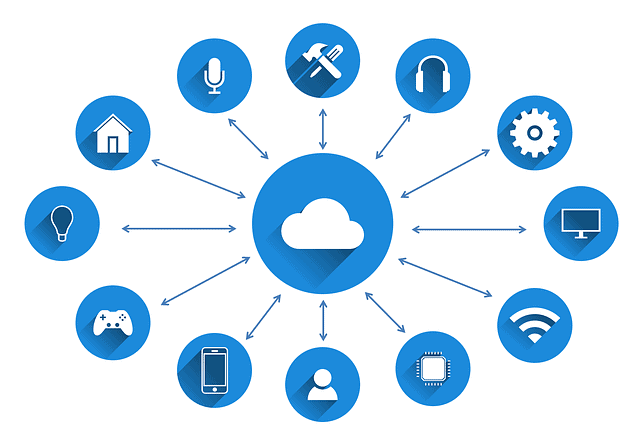The critical difference between manual and automated testing is apparent. In the beginning, manual tests were the only available option. Quality assurance engineers had to check their software manually and look for bugs that needed resolving.
Automated testing was an upgrade and the next logical step. The main idea of automation testing processis to ensure you can run the desired checks without a human getting involved in the process. While testing manually QA specialists execute tests step by step, however, the automated testing process allows testers to use tools and scripts to execute more tests and improve test coverage.
And that’s the main difference between manual and automated testing, but it’s not the only one. So keep reading to learn about other specifics and learn how to choose a process tailored to your project!
What Are the Differences Between Manual and Automated Testing?
Let’s check out how each test type performs in different areas and explain the differences.
- It takes less time to complete automated testing
You need a script or platform to execute automated tests. But once you prepare it, it’s possible to run the tests as many times without human intervention. That means you’ll invest less time and effort overall than in manual testing. Manual checks require a human to perform the analysis, which takes time they could spend on other tasks.
- Automated testing is more accurate, but there’s a twist
Manual tests come with a risk of human error, especially if you need to collect big data amounts during the process. The more information there’s to gather, the higher the risk of a mistake. Automated testing is accurate and reliable. Tools and scripts execute all processes, so the only thing required is to program everything to your expectations.
- Manual testing might help discover something you might miss with automated checks
Automated testing is more accurate, but it only checks the software under the given parameters. On the other hand, a human might notice an unusual mistake during the test. It could be an apparent error that the automated process couldn’t catch. The error might not be in the exact characteristics you wanted to test, but a human will notice it because it’s evident.
- Automated testing ensures reports are available immediately
If humans do a check, they need to gather all the information first. After entering them into a file, they need to organize it and prepare the report. It’s a time-consuming process and one that prevents the results from being available right away. Automated testing can generate reports immediately. Experts can check out the results and start working on fixing the problems.
- Automated tests cost more at first but are a smart long-term investment
Before you run an automated test, you need to prepare tools and scripts to execute it. That makes the initial investment hire, especially if you pay for the testing platform. But test automation is a wise investment in the long run. Manual checks require having humans do the job every time. That means you pay for their time, and they don’t spend it doing other tasks. Your ROI is better with test automation.
When Should You Use Manual Testing?
Manual tests require more time, which extends the overall development process. They are often unsuitable for complex cases and come with a risk of errors. However, there are situations when they are a more convenient option, and that includes the following.
- Exploratory tests are only possible manually
An exploratory test is when an individual checks the software and looks for potential bugs anywhere. They can focus on important areas, but the idea is to use knowledge and experience to identify problems. Exploratory checks require a skilled tester that could discover issues if they encounter them.
- Usability tests are suitable for manual checks
A usability test observes the software from the perspective of the user. It focuses on how friendly the interface is and whether the customer will have a pleasant experience with the software.
When Should You Use Automated Testing?
Automated tests are more reliable. It takes programming knowledge to prepare the scripts, but once you do, you can identify all errors in the desired departments accurately. Here’s when you should use automated testing.
- Performance and load testing is only possible with automation
These tests require simulating a large number of clients using the software simultaneously. That’s difficult to do manually, so performance testing is only possible with test automation. Load and stress testing, which are often part of performance tests, are also possible if you automate the process.
- Repeated test execution
You can use the same automated test as many times as necessary. It’s a huge time-saver compared to manual checks, and it improves the project development speed overall.
Final Thoughts
Manual tests are more suitable in some situations, but there are many test automation benefits. It doesn’t only save time but also money and other resources in the long run. Additionally, there’s no risk of human errors. As long as you reach the full potential of automated testing, it can prove a crucial asset for your company.



